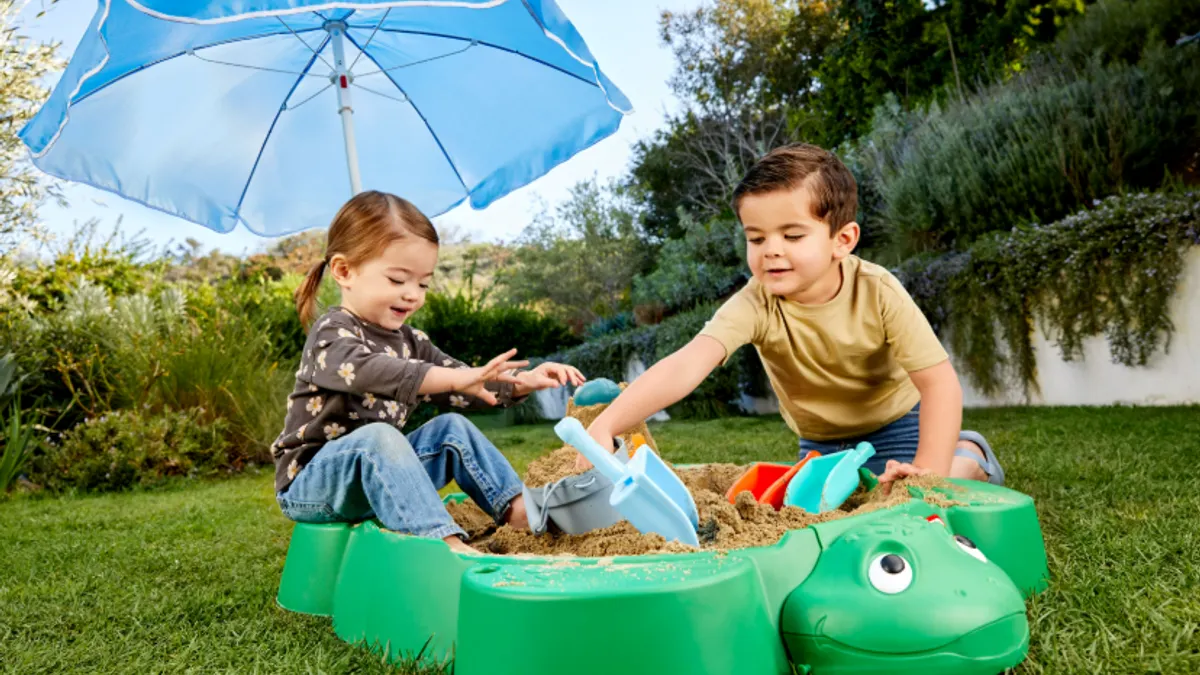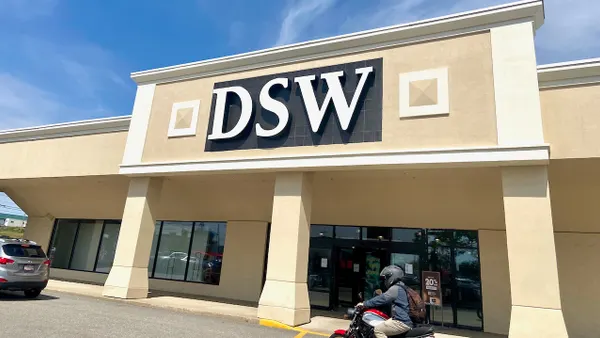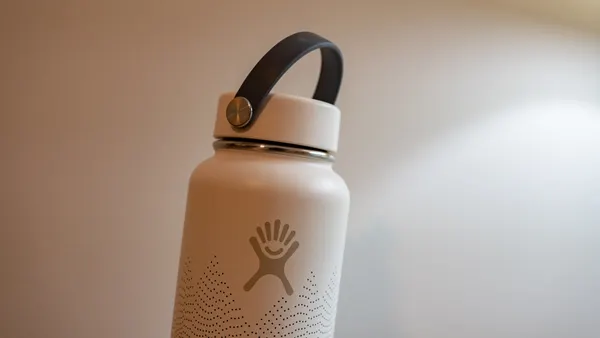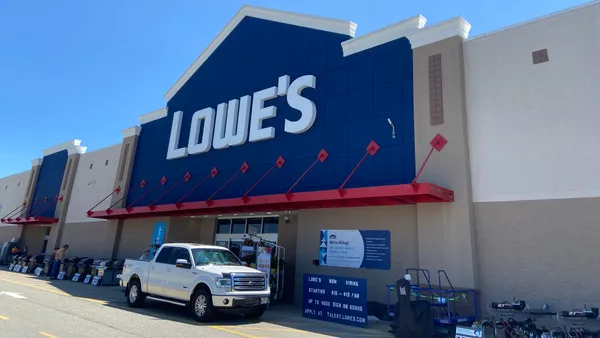Dive Brief:
-
Adidas on Thursday said that currency-neutral sales rose 10% in the second quarter. Revenues at the Adidas brand rose 12%, driven by double-digit growth in sport performance, on the back of double-digit growth in the training, running and football categories, as well as high-single-digit growth in the sport inspired category, according to a company press release. Revenues at the Reebok brand fell 3% as growth in classics was more than offset by declines in the training and running categories.
-
While revenues in the wholesale channel rose at a high-single-digit rate, direct-to-consumer sales rose at a double-digit rate, with strong support from e-commerce, where revenues grew 26% in the quarter, the company also said.
-
Net income from continuing operations rose 20% to €418 million ($484.4 million at today's exchange) from €347 million in the year-ago quarter, the company said. Its gross margin expanded 2.2 percentage points to 52.3%, and operating margin expanded 1.2 percentage points to 11.3%.
Dive Insight:
Unlike many retailers, Adidas is waving off concerns about U.S. tariffs.
Apparel and footwear retailers could experience gross margin pressures for 12 to 24 months if tariffs are imposed, according to a report this week from Moody's Investors Service. But CEO Kasper Rorsted told CNBC's Squawk Box Europe that the company's main concern would be how such moves might have ripple effects that dent shoppers' wallets.
That may be because the company is finding fertile ground in most areas of the globe, except Western Europe, where sales were flat. And both its brands remain robust, despite declines at Reebok. "Adidas and Reebok product continues to be relevant and on-trend in both sneakers and apparel," Jane Hali & Associate analysts said in comments emailed to Retail Dive. "Adidas does an excellent job in their distribution strategy across retailers by diversifying their product."
Adidas has been fighting back hard after Under Armour eclipsed it a few years ago. The company retook its number two spot in 2016 and seemed poised to finally approach Nike, whose all-important North America sales faltered in recent quarters. But Nike is staging a comeback, too, with refreshed products and new retail concepts that have spiked North America sales anew.
That rivalry played out during the World Cup. Adidas was a fixture of the games — the brand provided the ball, the referee uniforms and sponsored the tournament itself (along with outfitting several of the teams). But the World Cup concluded with a sense that Nike, which outfitted both teams in the final game as well as the eye-popping Nigeria uniforms that became a hot ticket item in London, may have taken the crown.
But according to YouGov's Buzz score detailed by Jane Hali, Adidas has seen slightly more positive gains since the World Cup began June 14. And YouGov's Word of Mouth metric — which measures how many US adults are talking about a brand — puts Adidas just a bit ahead of Nike in terms of overall gain, according to Jane Hali, where analysts also noted that Adidas continues to grow its social media following. Adidas has 21 million Instagram followers, up from 18.8 million in March, and Adidas Originals is at 27.2 million followers, up from 24.9 million in April, they said.
"We delivered another strong quarter on the back of a successful World Cup activation," Rorsted said in a statement on Thursday. "Our profitable growth was once again driven by our strategic focus areas North America, Greater China and e-commerce, while we continued to invest into the desirability of our brands and the scalability of our business."
Both Adidas and Nike are turning to women to grow sales. To further that, Adidas is recruiting key influencers, including Julie 'Jaws' Nelson to promote its new Alphaskin Bra, and Hailey Baldwin as style creator, according to Jane Hali.














